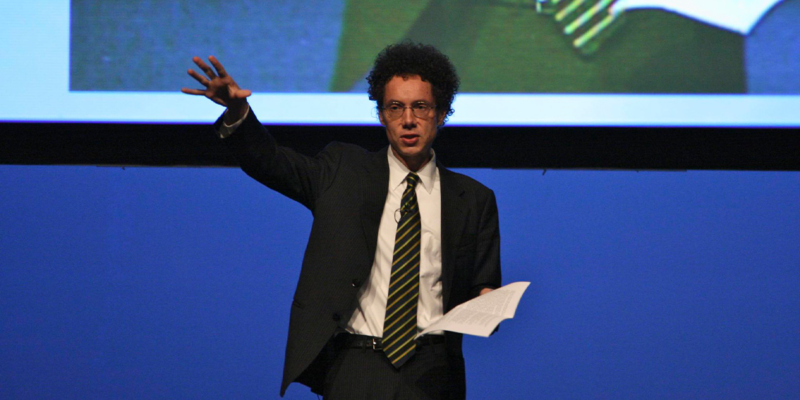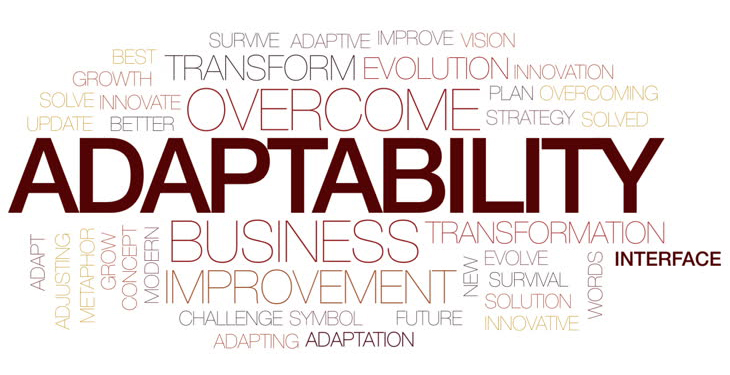Building Resilience Into Your Schedule
 It’s important to be resilient. In this context, that means being prepared for the worst.
It’s important to be resilient. In this context, that means being prepared for the worst.
Everyone knows Murphy’s Law: “Anything that can go wrong, will go wrong.” And there are others like, “The first casualty of every battle is the plan,” or “Every solution has two problems,” and of course, “You don’t need to go looking for trouble; it will find you.”
I’d say that the sheer number of aphorisms devoted to problems is a testament to how important it is to do your best to prepare for them in advance, in order to minimize their impact. As it was explained to me a long time ago, professionalism isn’t about not having problems; you’re always going to have problems. Instead, professionalism is about how you overcome those problems.
One of those problems that AV pros often have to face is jobsite delays. They simply come with the territory.
It’s hard to avoid, and it’s hard to think of a project that doesn’t experience at least one delay, major or minor. Since your work is dependent upon the work of multiple other contractors, if any of them are behind, then you’re behind. AV almost always follows behind everybody else, at every stage.
I would even go so far as to say that the best you can hope for is that it’s not your team causing the delays, and earing the ire of the site supervisor.
There are two issues that delays cause for AV pros: financial costs and further scheduling. Having your crews idle until you can get back to work costs both time and money. And pushing one project further down the road can impact scheduled work coming up on other projects that are already on the calendar.
It’s not all doom and gloom: It can even be a blessing in disguise. A buttoned-down project manager can take advantage of delays on one project to get further ahead on other projects. Few clients or site supers will complain when you tell them that they’ve been moved up on your calendar.
Still, delays are a hassle, and since you can expect them to happen, it’s reasonable to take steps to mitigate them.
A solution is to actively ensure diversity in the size of the projects in your team’s funnel. The reality is that large, complex jobs are often more prone to delays, while small jobs are both quick and easy to complete.
There can sometimes be a sense of elitism and status-seeking behind only pursuing large projects. But the fact is that those big, expensive projects can also be black holes for time and money. Sure, the overall profit dollars CAN be large, but only if your expenses don’t erode it away.
At the same time, the ease with which you can complete small and medium sized jobs makes their profit margins easier to maintain.
That’s why it makes sense to cultivate a steady stream of smaller jobs in the pipe and slot those in between the multi-day install phases of the big projects. Getting paid for completing smaller jobs on time provides steady cash flow while waiting on larger interim phase payments for large projects.





